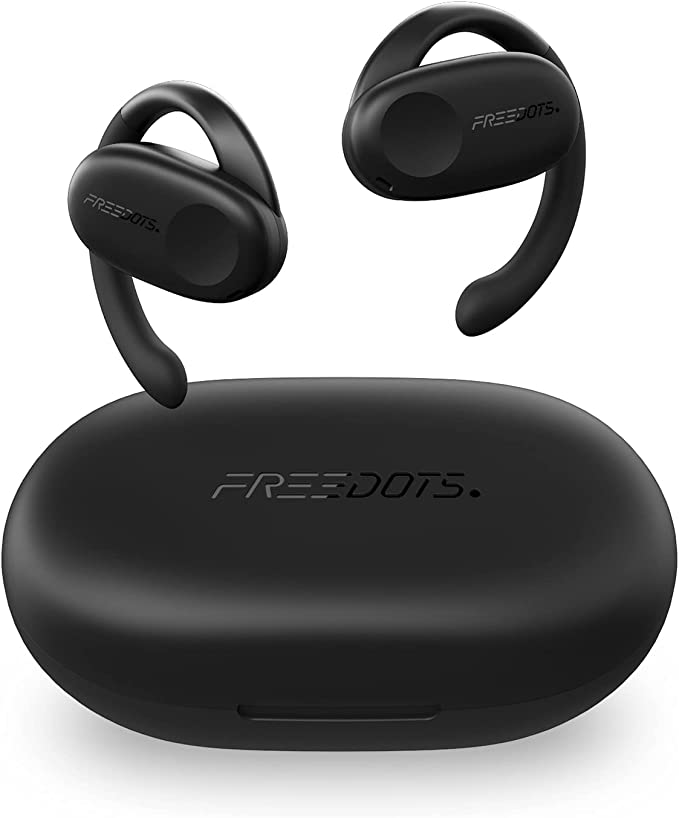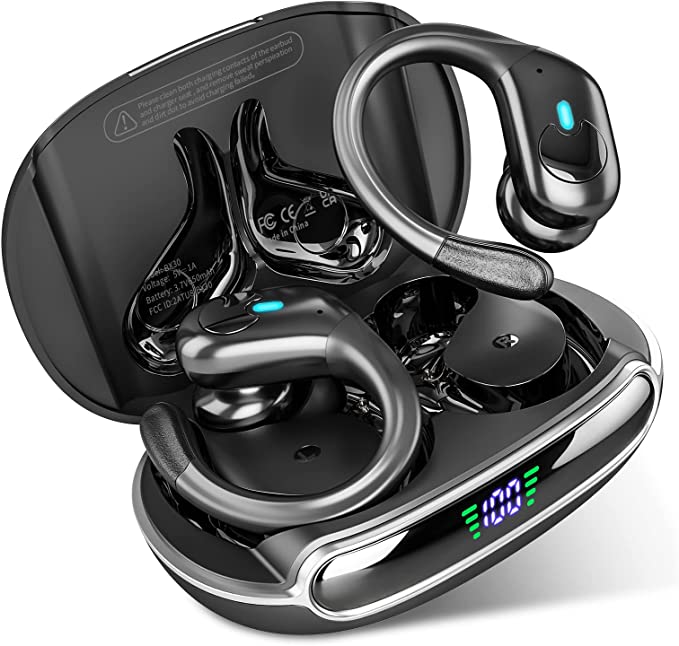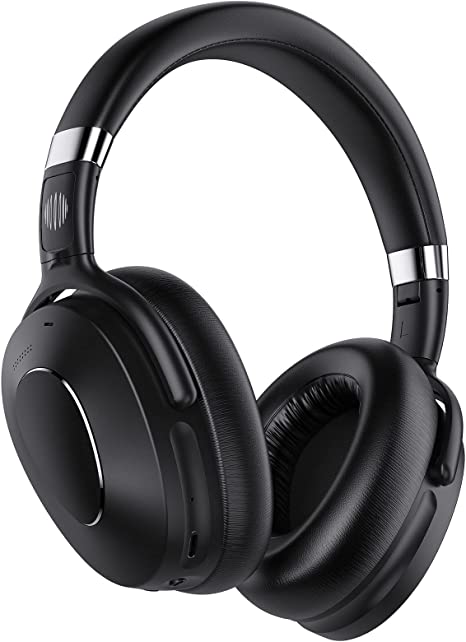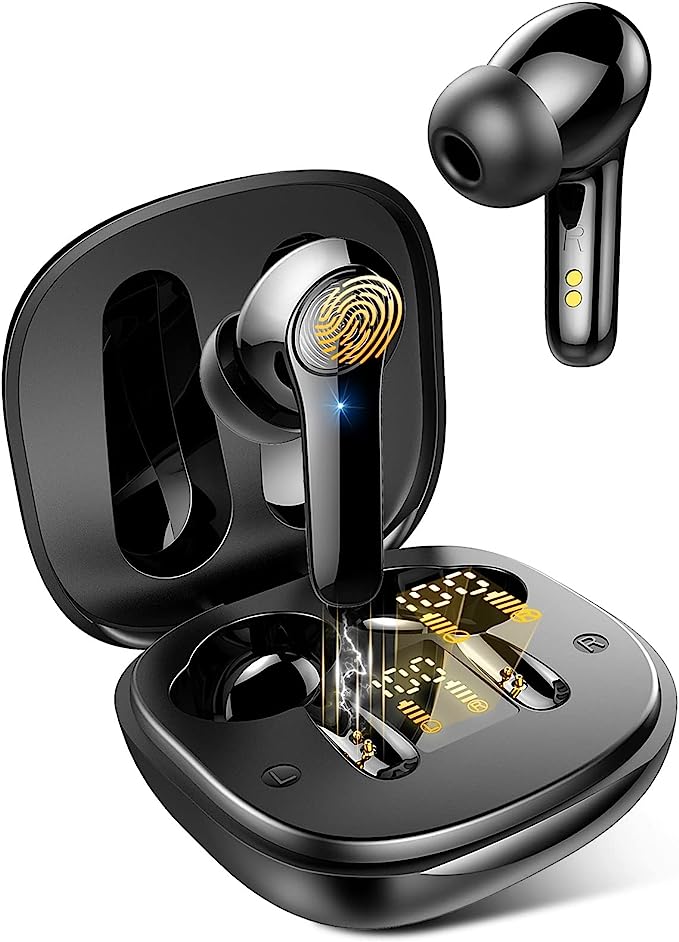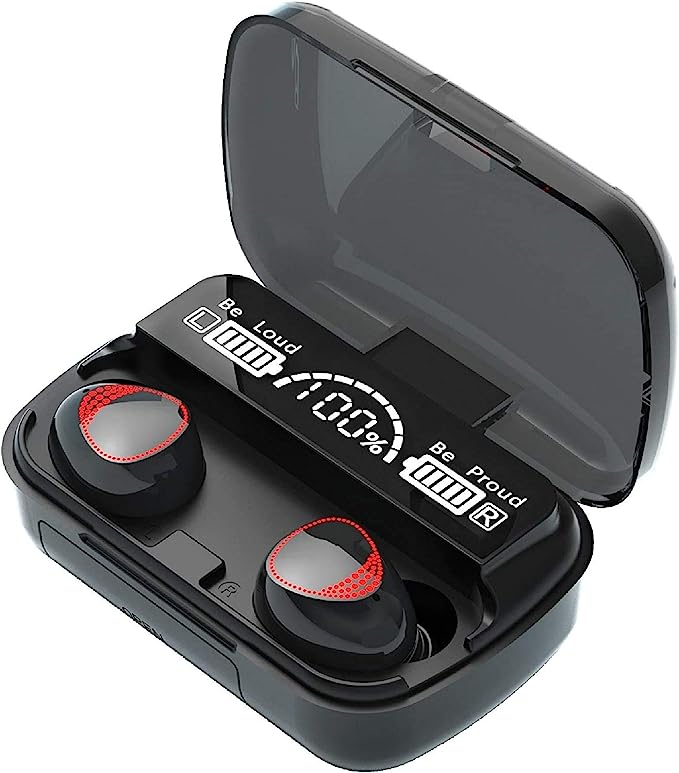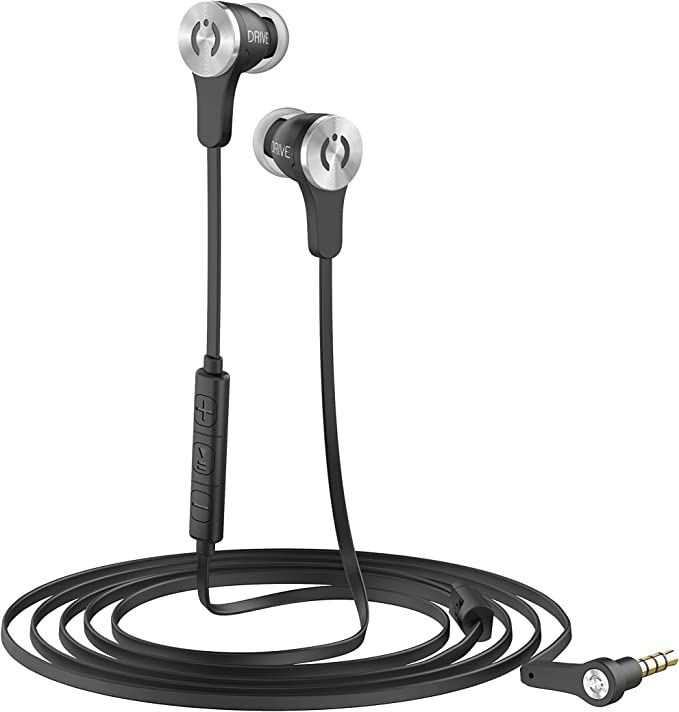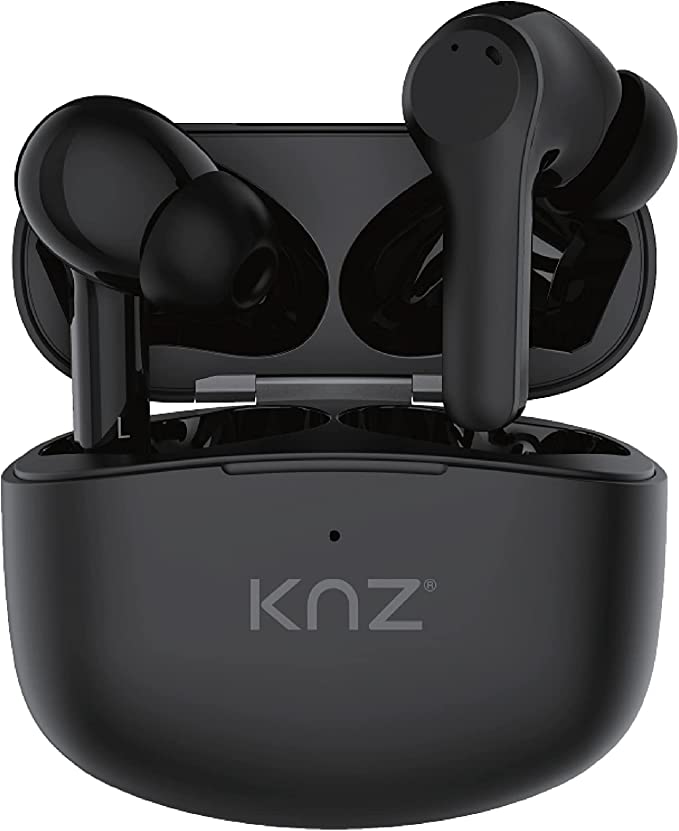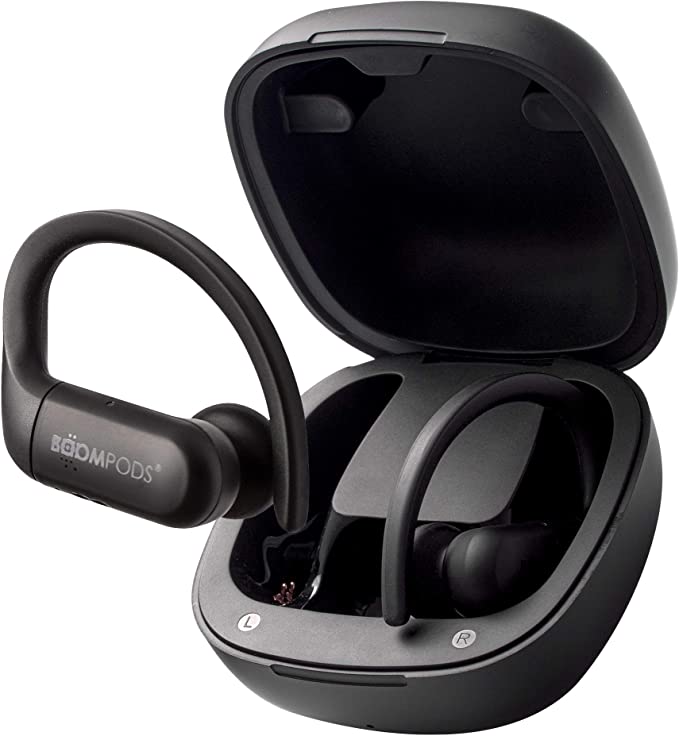The Tech Behind the Fun: A Masterclass on All-in-One Portable Karaoke System Technology
Update on Oct. 30, 2025, 5:26 p.m.
Welcome to your deep dive into the technology that powers modern home entertainment. If you’ve ever found yourself asking, “How can a single, portable box deliver a high-quality singing experience?”—you’re in the right place. We’re moving beyond simple features and exploring the engineering excellence that makes today’s systems so powerful.
The evolution of karaoke has given us a fascinating device: the all-in-one portable system. It’s a complete audio-visual ecosystem packed into a single, manageable enclosure. We’ll use a system like the SINGMOOD S-68 portable karaoke machine—which exemplifies this modern trend—as our running case study to unlock the core technological pillars that define a superior karaoke experience.
Part 1: The Convenience Revolution—Why All-in-One is the New Standard
Think back to the old-school karaoke setups. They were a project: a separate speaker, a separate amplifier, a DVD or VCD player, a microphone mixer, and a pile of tangled cables running to a television. Today’s All-in-One Karaoke System eliminates all that complexity.
The core design philosophy is consolidation. By integrating the screen, the processing unit, the audio decoder, and the amplification into one unit, you achieve a level of user-friendliness that transforms setup from a 30-minute chore into a 30-second plug-and-play event.
Systems like the S-68 are defined by a few key integrations:
- Integrated Visual Hub: A large, dedicated touchscreen (like the 16-inch display) replaces the need for a separate, dedicated TV monitor for lyrics.
- Built-in Processing Power: A dedicated CPU (like the RK3566) handles song selection, video streaming, and all the system’s smart functions internally.
- Wireless Independence: High-quality UHF Wireless Microphones ensure stable connectivity without physical wires.
This move to a compact, portable karaoke speaker system isn’t just about reducing wires; it’s about making high-quality audio and video entertainment mobile, allowing you to take the party anywhere—from the living room to the backyard.

Part 2: The Science of Stability—Demystifying UHF Wireless Microphone Technology
One of the most critical components for any serious karaoke system is the microphone connection. After all, if your voice cuts out or suffers from static, the performance is ruined. This is where UHF Wireless Microphone Technology becomes indispensable.
UHF vs. The Others: A Superhighway Analogy
When we talk about wireless audio, we are discussing how your voice signal is converted to radio waves, transmitted, and then received.
- VHF (Very High Frequency): Older, more susceptible to interference from common household electronics (cordless phones, older Wi-Fi routers). Think of VHF as a narrow, local two-lane road. Traffic jams (interference) are common.
- UHF (Ultra High Frequency): Operates at a higher frequency band (often 470 MHz to 800 MHz), offering a significantly wider spectrum for signals to travel. Think of UHF as a multi-lane superhighway. This massive bandwidth allows for more dedicated frequency lanes, dramatically reducing the chances of interference or signal dropout.
Why UHF Guarantees a Better Performance
For the end-user, the benefits of the S-68 utilizing UHF wireless microphone technology are immediately clear:
- Connection Stability: UHF signals are better at penetrating walls and around objects, giving you greater freedom to move while singing without fear of the audio cutting out.
- Lower Latency: While not always obvious, faster, more stable wireless connections inherently mean lower latency (the delay between singing and hearing your voice through the speaker). Low latency is crucial for a natural singing experience.
- Clearer Signal: The dedicated frequency bands mean the signal arriving at the karaoke machine’s receiver is cleaner, ensuring the precious details of your voice aren’t lost to static or cross-talk.
In essence, UHF technology is the invisible foundation of a reliable, truly wireless singing experience.
Part 3: The Fidelity Factor—The Power of the 32-Bit Digital Audio Decoder
If UHF ensures your voice gets to the machine, the 32-Bit Digital Audio Decoder ensures it sounds incredible when it comes out of the powerful 800W speaker. This is where we dive into the fascinating world of digital audio science.
Understanding Digital Sound: Sampling and Bit Depth
When sound enters the microphone, it’s an analog wave—a continuous, flowing signal. To be processed by a computer (like the one inside the karaoke machine), it must be converted to digital data (a series of numbers).
- Sampling Rate (Hz): This is how often the digital system takes a “snapshot” of the analog wave every second. A higher sample rate (e.g., 44.1 kHz, or 44,100 snapshots per second) captures more detail.
- Bit Depth (The “32-bit”): This is the amount of information recorded in each snapshot. Think of it like resolution.
Why 32-Bit Matters for Karaoke and Music Playback
A 32-bit digital audio stream can represent a massive range of volume levels. This measure is called Dynamic Range—the difference between the quietest and loudest sounds the system can reproduce without distortion.
- 16-bit audio (the CD standard) provides approximately 96 dB of dynamic range.
- 32-bit audio provides a theoretical dynamic range far exceeding human hearing (over 190 dB).
For you, the user, this means:
- Unmatched Clarity: The subtle echoes, the quiet intros, and the powerful high notes in your singing or the backing track are all captured and reproduced with incredible precision, ensuring the “unmatched clarity, depth, and richness” the product promises.
- Headroom: A 32-bit system has immense “headroom,” meaning even if you accidentally shout into the microphone, the system is much less likely to “clip” or distort the signal, keeping the sound clean through the portable PA speaker system.
- Pro-Grade Effects: Higher bit depth allows the internal processors (like the RK3566) to apply studio-quality effects, such as reverb and echo, more accurately to your voice before sending it to the speakers.
In essence, the 32-bit DAC is the difference between a simple recording and a nuanced, detailed, professional sound reproduction.
Part 4: The Smart Conductor—The RK3566 Processor and System Management
Modern all-in-one systems are, at their heart, specialized computers. The RK3566 processor, backed by 4GB RAM and 64GB ROM, is the digital brain that ties the entire experience together.
What the Processor is Actually Doing
The processor’s role is not just to turn the machine on. It acts as the system’s central director, managing concurrent tasks that are essential for a smooth karaoke experience:
- Graphical Rendering: It drives the large 16-inch full touchscreen display, ensuring that the touch-based user interface (UI), app-streaming videos, and most importantly, the scrolling lyrics, are all rendered smoothly without lag.
- Audio Mixing & Effects: It takes the 32-bit digital audio stream from the microphone, mixes it with the song’s audio, and applies real-time effects (like echo, tone shifts, and volume adjustments). This requires significant computational power to avoid any audible delay.
- System and Network Management: It manages the operating system, handles Wi-Fi connectivity for streaming, and processes inputs from the microphones and the remote control simultaneously.
The Role of Memory (RAM and ROM)
- 4GB RAM (Short-Term Memory): This is the workspace. A generous 4GB of RAM allows the system to multitask effectively—you can be streaming a song, scrolling through a song catalog, and adjusting microphone settings at the same time without the system freezing or lagging.
- 64GB ROM (Long-Term Storage): This is the permanent drive. It holds the operating system, any pre-installed apps, and provides ample space if you choose to download and store thousands of song files locally, making the machine truly independent from an internet connection if needed.
The combined power of the RK3566, the 4GB RAM, and 64GB ROM is what elevates a product like the SINGMOOD S-68 from a simple boombox to a genuinely smart, fluid, and powerful entertainment console.

Part 5: Mastering the Command Center—The 16-Inch Touchscreen and Connectivity
The large 16-inch touchscreen is the portal through which you interact with all this underlying technology.
The Visual Experience (UX)
The screen is a game-changer for user experience (UX). Instead of relying on a tiny, secondary display or complex remote codes, the generous screen real estate allows for:
- Intuitive Navigation: Simple taps and swipes for song search, playlist creation, and system settings (volume, EQ, mic effects).
- Dedicated Lyric Display: The large size makes lyrics legible from a comfortable distance, reducing eye strain and allowing singers to focus on the performance.
Connectivity Mastery: Maximizing Versatility
A good all-in-one system doesn’t just work alone; it can integrate. This is crucial for maximizing your investment.
- HDMI Output (How to Hook Up Karaoke Machine to TV): The HDMI port allows you to easily solve the common user query: “How to hook up my karaoke machine to a large TV.” This output is typically designed to mirror the lyrics screen, projecting them onto a massive display for large-audience viewing while the S-68 remains the central hub for audio processing and control.
- PA System Utility (800W Peak Power): With an 800W peak power rating, the internal speaker system is incredibly robust. The integrated handle and battery-powered design mean the S-68 is fundamentally a portable PA speaker system. This versatility allows you to use it for presentations, outdoor gatherings, or small, non-karaoke musical performances, showcasing its potential well beyond just singing.
This dual functionality—as a dedicated karaoke console and a powerful portable PA speaker system—significantly enhances its value.

Part 6: Applying the Knowledge—Tips for the Perfect Performance
Now that you understand the science of stability (UHF) and the depth of the sound (32-bit DAC), let’s talk about maximizing your biological instrument—your voice—to take full advantage of the technology.
Optimizing Your Performance with Technology:
- Microphone Technique: The UHF microphones are designed to deliver clear signals. Hold the microphone about 1 to 2 inches from your mouth. When hitting a high or loud note, slightly pull the mic back to prevent overloading the capsule (and thus avoiding a less pleasant sound, even with 32-bit headroom).
- Leveraging Effects: Don’t be afraid to experiment with the system’s built-in vocal effects. A subtle layer of reverb or echo (which the RK3566 chip processes flawlessly) can make your voice sound fuller and more professional, masking small imperfections and boosting confidence.
- Physicality Matters: Stand tall! The simplest physical adjustment can impact your breath control and projection, which the highly sensitive UHF microphones will pick up. The machine does the heavy lifting, but good posture ensures you feed it the best possible source material.
Karaoke is the perfect synthesis of art and science. The technology ensures the sound quality is pristine; your enthusiasm provides the performance.

Conclusion: The Future is Integrated and Intelligent
The modern portable karaoke machine, exemplified by systems like the SINGMOOD S-68, is a masterpiece of audio-visual integration. It’s a testament to how far technology has come—from separate components to an intelligent, single, accessible unit.
You now understand that the seamless experience is not magic; it’s the result of strategic engineering: * The UHF Wireless Microphone ensures your voice is transmitted with rock-solid stability. * The 32-Bit Digital Audio Decoder preserves every nuance of your performance with professional-grade clarity. * The RK3566 Processor manages the visual, auditory, and systemic flow, ensuring a fluid, lag-free experience on the integrated 16-inch screen.
By understanding these core components, you’re not just a karaoke enthusiast—you’re a knowledgeable user, ready to maximize the potential of your all-in-one entertainment hub.







